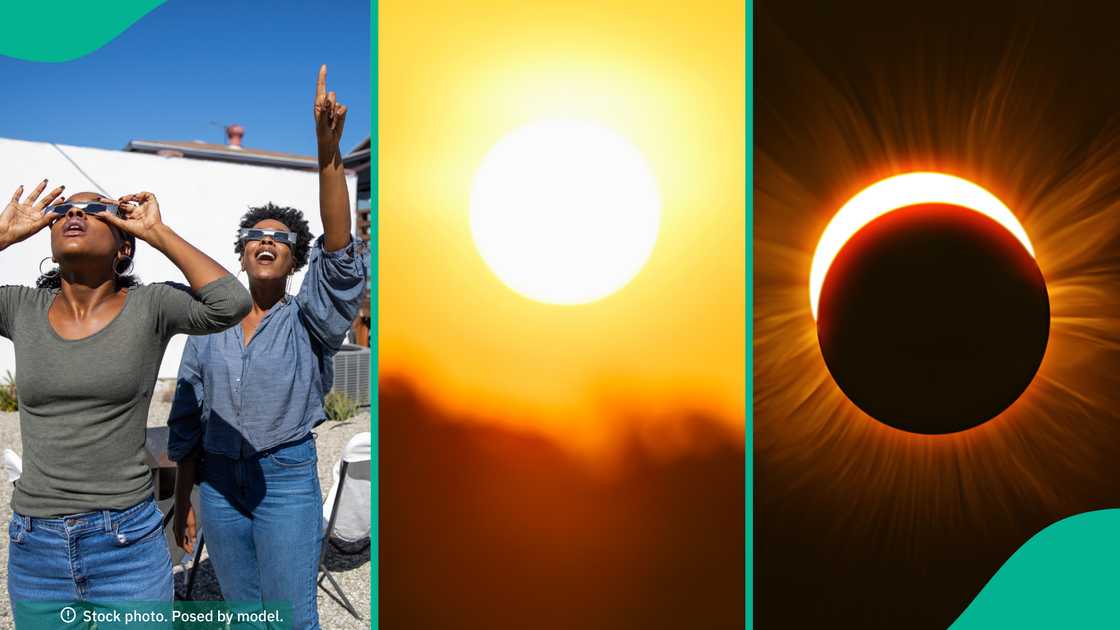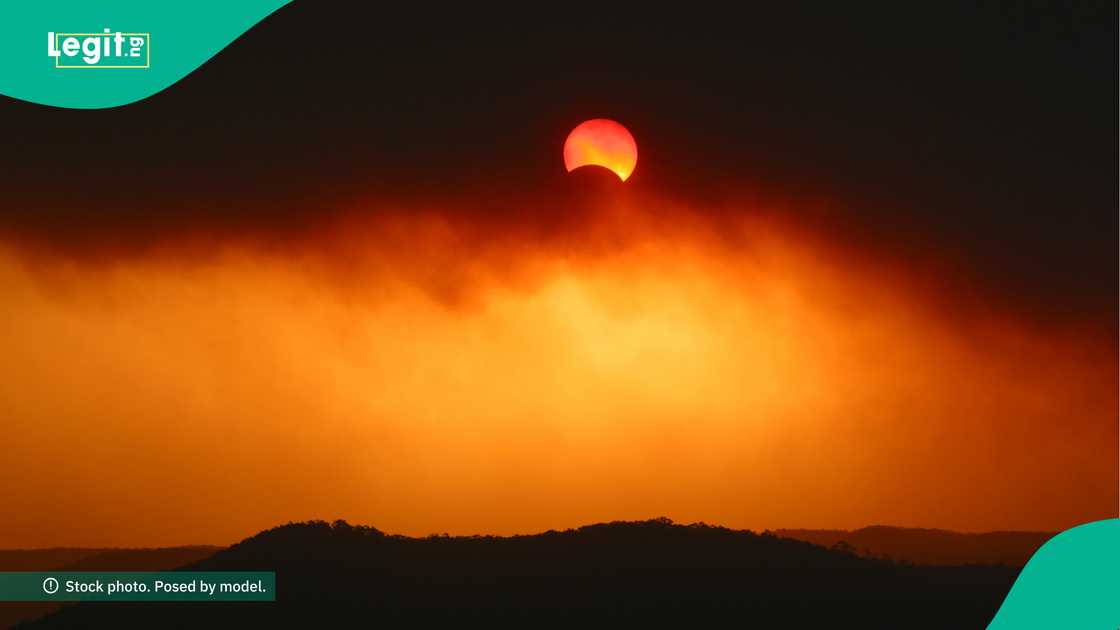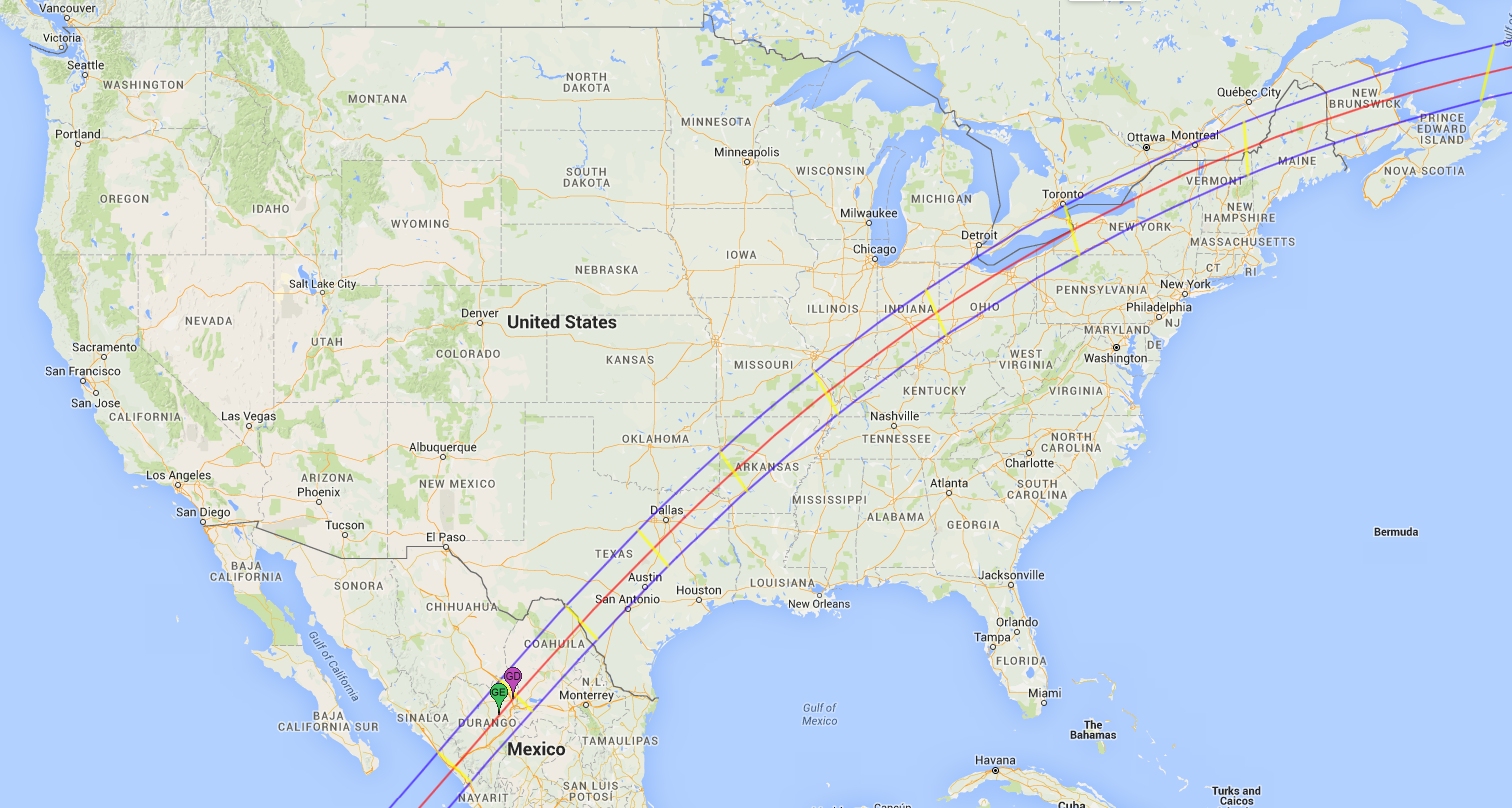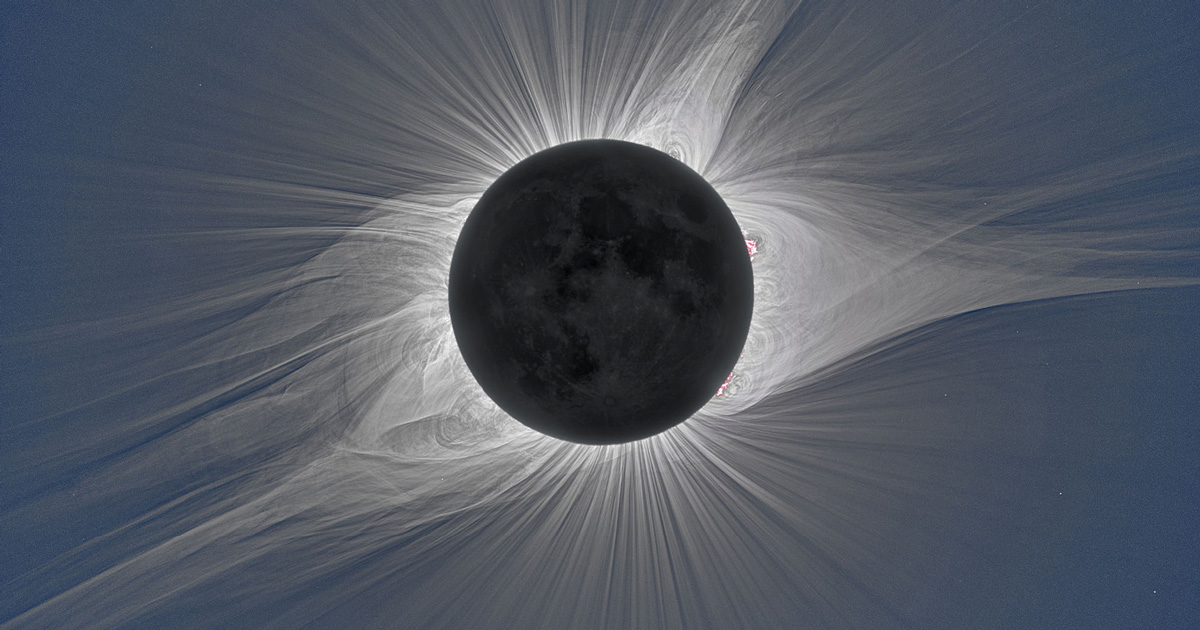Solar Eclipse 2025: NASA Shares How Moon Will Partially Block Sun On Specific Date, Locations Emerge
- The National Aeronautics and Space Administration (NASA) has shared information about the partial solar eclipse happening in March
- The solar eclipse, which comes days after the lunar eclipse, would occur at different locations on a particular day
- NASA also gave information about the safest ways to view the partial eclipse and where it would occur
A partial solar eclipse is set to take place on March 29, affecting various regions where the Moon will obscure part of the Sun.
According to the National Aeronautics and Space Administration (NASA), this phenomenon occurs when the Moon gradually moves across the Sun, partially blocking its light.

NASA, the U.S. government agency responsible for space exploration, also stated that the eclipse would cast a shadow over different parts of the Northern Hemisphere.
Read also:Breaking Doyin Okupe Expresidential Aide Is Dead Details Emerge
This event follows a recent lunar eclipse on March 13, which resulted in the appearance of a "blood moon."
How the partial solar eclipse will occur
During this partial eclipse, the central part of the Moon’s shadow—where a total solar eclipse would normally be visible—will not reach Earth. As a result, there will be no total solar eclipse this time.
Despite this, the event remains significant. A partial solar eclipse occurs when the Moon passes between the Sun and Earth but is not perfectly aligned with them.
This causes only a portion of the Sun to be covered, making it appear as a crescent or as though a piece has been removed.
The eclipse will be most visible in parts of Europe, but the best views will be in the extreme eastern areas of North America. If weather conditions permit, observers in these regions will see an eclipsed Sun rising on the horizon.

How to safely view partial solar eclipse
Since the Sun will not be entirely covered at any point, proper eye protection is necessary for safe viewing.
Read also:Lady Who Relocated To Canada Shares 7 Things That Make Her Unhappy Despite Living Abroad
Observers must use appropriate eye protection or indirect viewing methods to avoid eye damage.
Looking directly at the Sun through a camera lens, telescope, binoculars, or other optical devices—even while wearing eclipse glasses—can be dangerous, as concentrated sunlight can penetrate the filter and cause serious injury.
To safely view the event, a special-purpose solar filter should be placed over any telescope, binoculars, or camera lens.
This partial solar eclipse will be visible from several locations, including cities in the United States, Canada, Morocco, Russia, and Sweden. Timeanddate has the full list of locations.
In a related story, the lunar eclipse appeared in several states in Nigeria when it occurred on March 14, 2025.
Lady uses phone to capture eclipse
Meanwhile, Legit.ng previously reported that the eclipse of the sun, which happened on Monday, April 8, 2024, left a lot of people in awe and unimaginable excitement.
A lady residing in the United States was able to capture the brief minutes of total darkness in Dallas, Texas, with her phone.
The lady, who is a nurse, shouted throughout the video and was screaming 'Jesus', noting that the event was exciting.
Proofreading by Nkem Ikeke, copy editor at Legit.ng.


